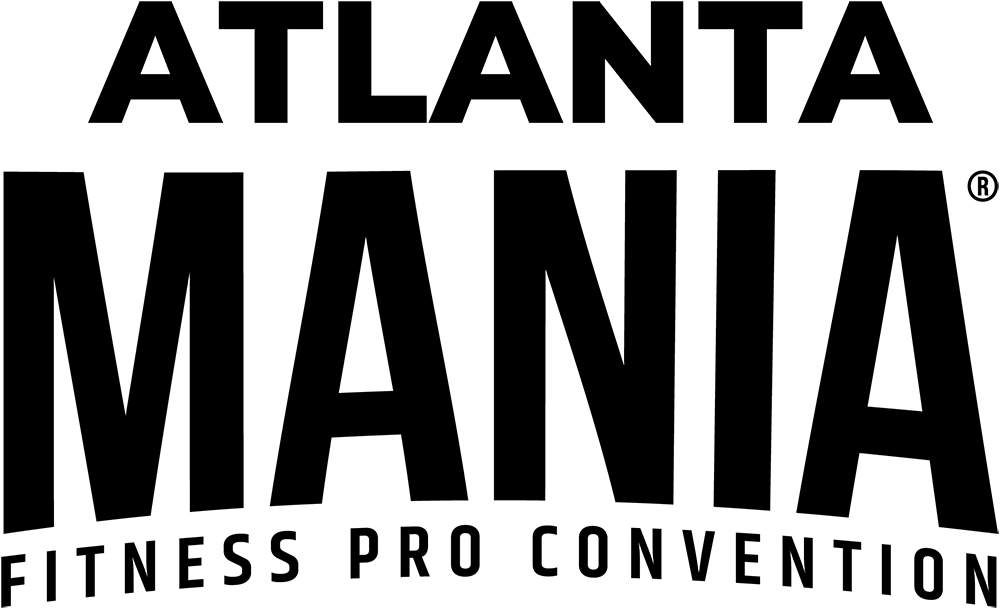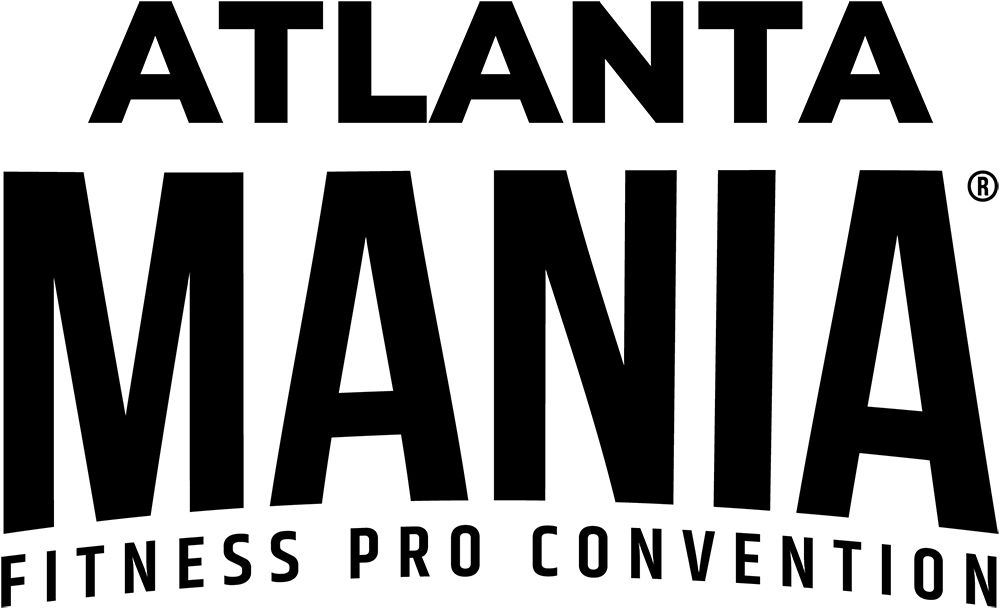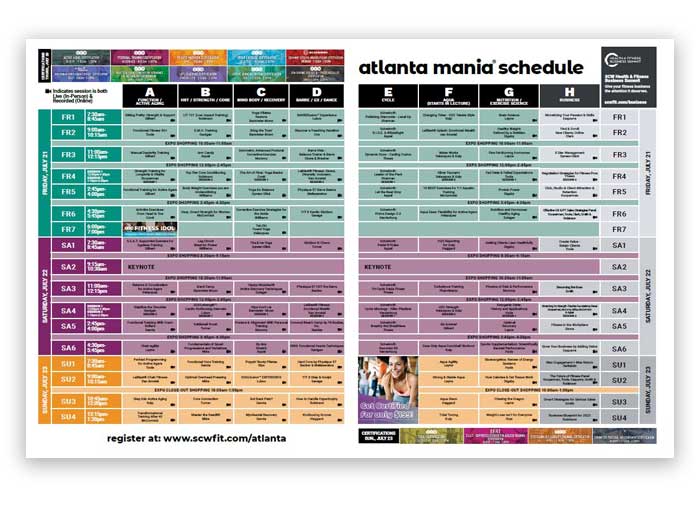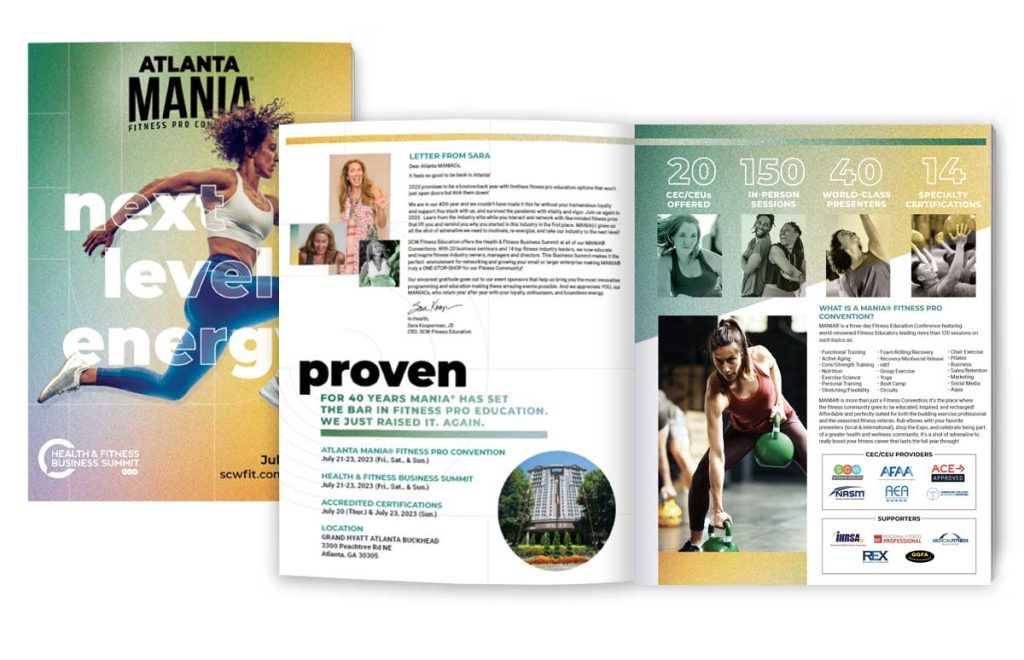fitness articles

Fitness Trends Report for 2023
by Sara Kooperman, JD
The fitness industry is looking up as 2023 begins. While many facilities are still feeling the impact of the COVID-19 pandemic and are navigating challenges like staffing, membership sales, and operational costs; things are trending in a positive direction. As management and leadership set their focus forward, they are looking for what to watch when it comes to programming, trends, and procedures.
Fitness experts across Canada are predicting more focus on personalization, physical and mental wellness, and a return to foundational moves designed to build strength and prepare members for daily life. These predictions come from the canfitpro Fitness Trends Report 2022, which is based on responses from fitness professionals across Canada.
“We’re seeing more interest in the role fitness plays in supporting better physical and mental health and wellness,” said Maureen Hagan, the COO of canfitpro in a press release. “More people than ever are approaching fitness as a tool to take better care of themselves, so there is a renewed focus on the fundamentals like primal movements, active recovery exercises, and unique and effective group fitness classes.”
In the U.S., according to the American College of Sports Medicine (ACSM), which recently released its annual international health and fitness professionals survey, wearable technology tops the global fitness trends list of 2023.
“Wearables are certainly not going anywhere,” ACSM Past President Walter R. Thompson, who served as the lead author of the survey, said in the media release. “Not only are these devices becoming more affordable, but wearable data is increasingly being used in clinical decision making so they are continuing to hold their appeal.”
SCW Fitness has also been tracking the trends over the years. Functional training, Active Aging, and Strength Training have been flip-flopping positions for the last three years, but Functional continue to lead the pack. This year, surprisingly, Group Cardio has fallen out of the top 10, while Foam Rolling gained popularity.
“We survey our MANIA attendees every year to see where their interests lie,” says Sara Kooperman, JD, CEO of SCW Fitness. “Their choices help lead the way to planning sessions and event workshops.”
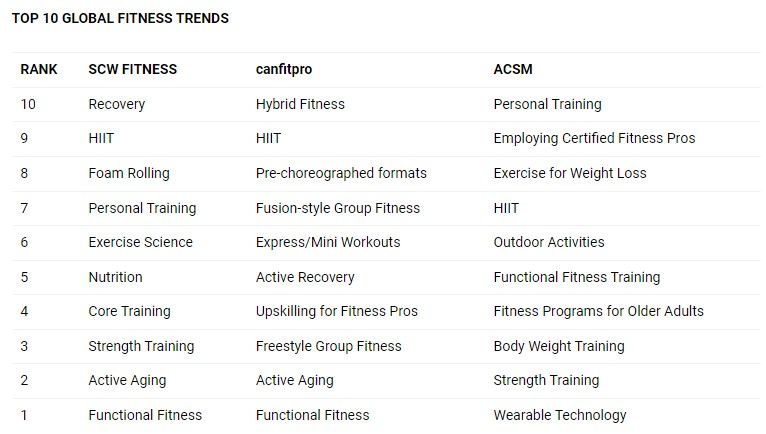
There are definitely differences between the lists and it’s interesting to see that Active Aging, and HIIT made all three lists, while weight loss and outdoor activities only made the ACSM list and pre-choreographed and fusion classes made the canfitpro list.
It’s no surprise functional fitness and wearable technology top the lists. Tracking devices, like watches have now expanded into the ring and patch departments, reading information including sleep habits and movement patterns. Functional health has been ramping up in popularity the last few years. Because of this many facilities have been creating specific spaces designated to this format.
Upskilling for Fitness Professionals is extremely necessary to help with economic pandemic recovery. In 2021, 47.4 million people voluntarily quit their jobs, a phenomenon dubbed “The Great Resignation.” The effects of this are still being felt going into 2023. In fact, the majority of the Club Solutions Advisory Board deemed staffing as one of their greatest challenges.
Beyond compensation, instructors, trainers, and other pros are looking for alternate routes to enhance their careers. A smart approach to attract new staff members and retain your current ones is to invest in them. This can be accomplished in several ways; offering to pay for staff to receive certifications, encouraging them to attend educational roundtables, and paying their way to go to industry events such as the SCW MANIA® Health & Fitness Business Summit, IHRSA Convention and Trade Show, and other networking gatherings.
These top ten lists just crack the surface of the fitness industry iceberg. A major key for both individual and business talent and operation is to continue to have a positive outlook for growth. Flexibility is needed as part of the business model. In-person and online services are a necessary component. Fitness professionals have indicated they are likely to stay in the fitness community for years to come which helps provide stability.
Businesses are looking to technology and innovation to better serve their clients and members. Whether it’s incorporating wearable devices to improve performance, add virtual options, or even integrate AI systems; membership experience is priority.
2023 can be the year. It is up to us as leaders in the fitness industry to keep our fingers on the pulse. Stay aware of resources, opportunities, insights, and engagement to continue to grow and stay strong. We need to depend not just on others, but on ourselves as well.
 About the Author, Sara Kooperman, JD
About the Author, Sara Kooperman, JD
Sara, CEO of SCW Fitness Education, WATERinMOTION® & S.E.A.T., is a visionary leader who has transformed the fitness education community. A successful business owner and advisor, she is a keynote speaker, published author, podcast presenter, and sought-after industry trailblazer. Sara has a unique ability to share her passion and devotion towards fitness education through her humor, enthusiasm, and her effervescent no-nonsense personality. She serves on the Gold’s Gym Think Tank, was on the Women in Fitness Association Board of Directors and is a proud inductee into the National Fitness Hall of Fame. Sara currently serves on IHRSA’s Headlight Committees for Facility Standards and has left an indelible mark on the fitness industry.

A New Method for Lower Back Healing
by Joanna Stone
Fitness professionals are aware of the benefits of training with a balance trainer such as increased performance, better stability to prevents injury/falls, improved mobility, and stronger core and legs. In this new format created by Joanna Stone of Barre Vida, Balance Trainer and Barre, there are even more benefits, including lower back rehabilitation and pain relief.
According to a review of studies published in the Journal of Physical Therapy Science, more than 50 percent of people in the United States live with chronic back pain. Although there are many causes of back pain, researchers know that there is a correlation between weakened core muscles, mobility issues, and back pain intensity. “According to the results of various scales and evaluation instruments, core strength training is more effective than typical resistance training for alleviating chronic low back pain. We recommend focusing on training the deep trunk muscles to alleviate chronic low back pain.”
Barre comes from a technique created by Lotte Berk, a Jewish dancer who escaped Nazi Germany and re-located to England. It was in England that she created her movement technique that later became the foundation for the barre workout. Berk derived the method from her dance training and as a method to heal a lower back injury. She first introduced the pelvis tilt, which she invented after a doctor recommended that she curve her lower back during exercise.
Now combined with the Balance Trainer, this pelvis tilt can be supported, properly learned, and emphasized in core exercises. The Balance Trainer and Barre format focuses on the deep transverse abdominal and pelvic floor work and a strong grounded glute connection. It teaches diaphragmatic breathing during the core workouts with a strong exhale on the exertion as the navel draws to the spine and the core muscle engage, and a released inhale to allow for proper form and repetition. Diaphragmatic breathing for at least ten minutes a day three times a week has been shown to reduce pain and associated symptoms. People dealing with chronic pain have an activated fight or flight system, and the diaphragmic breathe helps them return to the rest and restore branch of the autonomic nervous system.
The core work/diaphragmatic breathing in combination with strong gluteal muscle work is important for both performance and injury prevention because glutes are the pelvic stabilizing muscles that keep the hips and pelvis in proper alignment during exercise. The Balance Trainer and Barre method utilizes both modalities to allow students to focus on the proper form without overworking the hamstring, quadricep, or calf muscle in the place of the gluteus, which can often happen in students with weak glutes or without the somatic knowledge of how to activate the glutes. In the current sitting culture, gluteal muscles are underused, which in turn can lead to injury and pain.
The leg work section is best done with an adjustable and moveable ballet barre, that can be on a high level. However, it can be done with a barre attached to the wall, the back of a chair, a countertop, or a weighted bar.
Here are two exercises to try from the Balance Trainer and Barre Format.
Exercise 1
Set up: Place the balance trainer on the ground and sit down so the sit bones are placed so close to the edge that they might be able to touch it. Lay back with hands behind the head and allow the lower back to touch the balance trainer. Bend the knees and place the feet on the floor.
Exercise: Inhale and expand the stomach, exhale, and draw navel to spine sharply and hold while lifting the torso towards the knees, the lower back stays pushed against the balance trainer. The tailbone curls a little down and out, once the torso is lifted off the balance trainer, do two tiny rotations from the upper body (above the floating ribs) return the torso and inhale. Make sure the rotations and lift are all done on the exhale or the holding of the exhale in.
Video Link: https://youtu.be/KOBfADN1Rds
Exercise 2
Set up: Place the balance trainer on the ground directly next to the middle of the barre. The edge of the balance trainer should almost be under the barre. Stand on the balance trainer in the center with one foot and hold the barre for balance.
Exercise: Tilt forward, hands on the barre, draw elbows by the sides, the standing leg is slightly bent, and the lifted leg is straight behind. Keep the back straight and the head above the shoulders. Draw the lifted leg into the body with a bent knee while lifting the torso and straightening the standing leg on the exhale, then return the moving leg back out to straight and bend the supporting leg on the inhale. Do 5 – 10 reps both legs.
Video Link: https://youtu.be/mELXv5I6UV4
The Balance Trainer and Barre class includes a cardio section which allows students to put into practice what they learned in the toning and breathing section: moving with a strong core and gluteus while maintaining a steady breath. For clients who need low impact, the cardio section can be done with modifications and still raise the heart rate. Arms, thighs, and plank are also part of the workout so students will get a full body strength and cardio workout, plus jumping on the balance trainer is fun!!
To learn more about the Barre Vida Balance Trainer and Barre Method, check out www.barrevida.org . There are upcoming In-Person trainings, an On-demand training being released in July 2023, plus classes that you can take through the Barre Vida digital library and a select few on YouTube. Be sure to check out Joanna Stone and Kenyetta Brasher’s, Barre Vida Balance Trainer and Barre Session at the Atlanta MANIA® to do the method in person.
 About the Author: Joanna Stone
About the Author: Joanna Stone
Joanna Stone founded and created Barre Vida®, a barre fitness method and a barre instructor certification. She leads both the Barre Instructor Certifications and Barre Master Instructor Certifications. She created the Barre Vida Suspension Trainer and Barre Method plus the new Barre Vida Balance Trainer and Barre Method. She presented at the 2020 and 2021 Barre Summit and will present at Atlanta SCW MANIA® 2023. Joanna teaches Barre, HIIT, Pilates, and Yoga in NYC and privately trains individual clients. She has a BA and an MA in dance, is AFAA certified, and a RYT.
